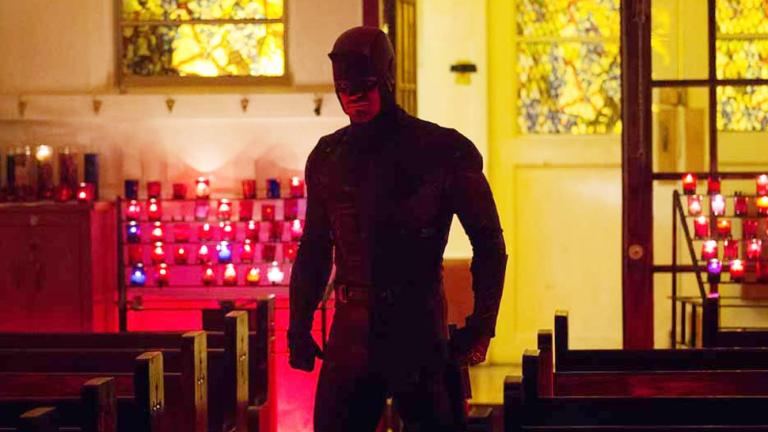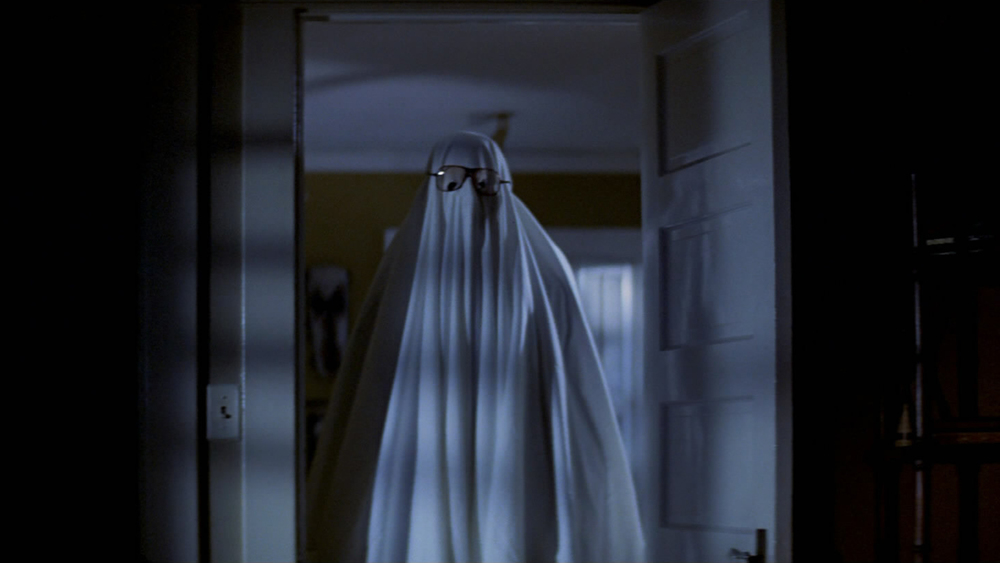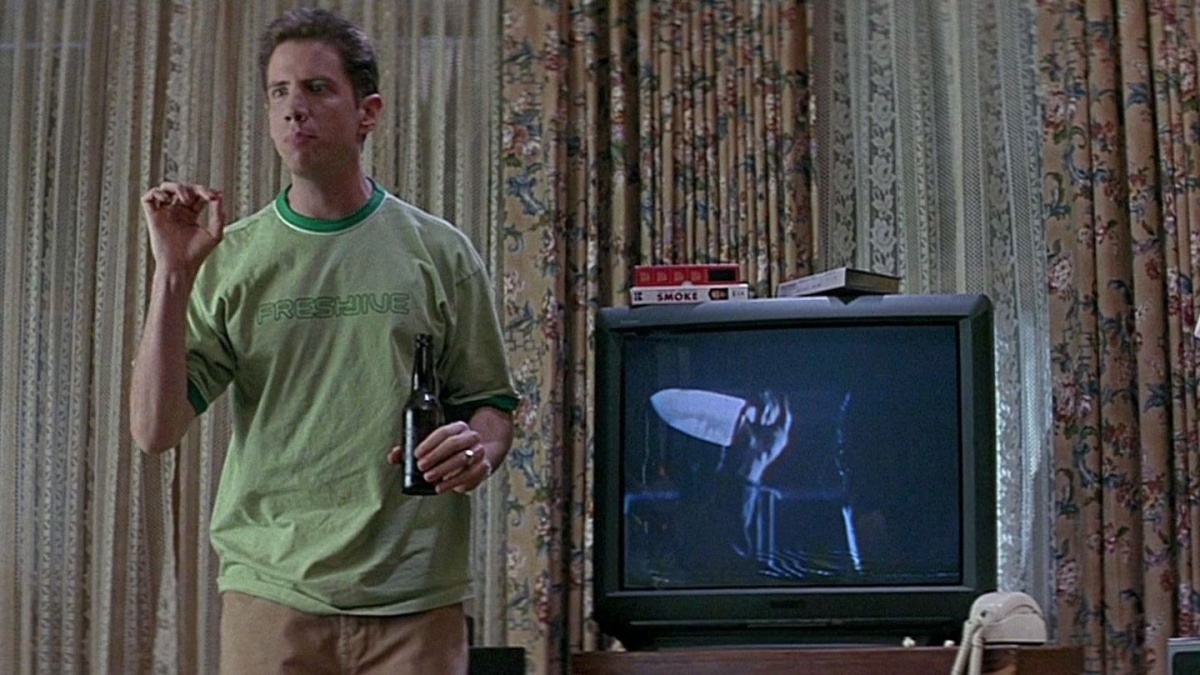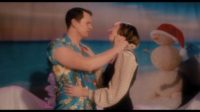How Yesterday Inspired Today

Halloween, All Hallow’s Eve, Samhain, or whatever you may choose to call it, has been around for centuries. It may have begun with the Celts in central and western Europe but it has grown into so much more. All over the world celebrations are held. Just like the world has changed so too has Halloween. Everything from the costumes to the treats has grown into a national and, on many levels, worldwide industry.
Samhain (pronounced saa-wn) was the Celtic festival that started it all. Halloween came from western Europe and after it made its way to the Americas it grew into what we know today. Drinks and treats around the bonfire started with the Celts. The reasons and motivations may be different, but the execution is the same. How many Halloween parties have you been to without some kind of fire going? For me personally, it’s one of the staples of the party I attend every year.
The Church’s Contribution

As the Romans moved west, they brought a lot of their traditions with them and that included Christianity. Churches still participate in Halloween festivities today. Many of them have fall festivals or “Neewolloh” parties. A lot of churches and community centers also participate in trunk-or-treat, their alternative to trick-or-treating. They do these trunk-or-treats as a safe alternative to going door to door asking strangers for candy. This takes an approach to keep the fun and remove the fear from the spooky season. But isn’t getting scared all part of it? Halloween seems to lose something when the fear is removed from the equation.
Dedication to the Dead

Many of the traditions around the world are in honor of the dead. Along with Día de Muertos, there is Italy’s Ognissanti. During Ognissanti, families will clean around relatives’ graves and adorn them with gifts and decorations, such as wreaths and chrysanthemums. Along with decorating the graves red candles are also lit and left in windows at sundown. Día de Muertos and Ognissanti aren’t the only festivals honoring the dead around the world. There is also Gai Jatra in Nepal and the Awuru Odo Festival in Nigeria. All these aren’t celebrated in late October, but they have similar goals and origins. Awuru, like Samhain, is believed to be the time when the land of the living is more open to the land of the dead.
Costumes and Candy

Soul! Soul! Soul-cake! Please good missis, a soul cake! Apple, pear, plum, or cherry, any good thing to make us all merry! One for Peter, two for Paul, three for He who made us all!
This soul cake is the song sang by the first trick-or-treaters. It’s not as catchy as, “Trick-or-Treat, smell my feet,” but it was definitely appropriate. They would go door to door in their villages offering to trade treats, predominantly soul-cakes, for prayers for the relatives of their neighbors that had passed away. For those that didn’t get treats, they would certainly pull out the tricks—usually in the form of pranks, like egging houses.
As pranks became more and more common with Halloween, trick-or-treating became a low-level extortion racket. Children would “threaten” their neighbors if they didn’t receive a treat of some kind. I hope nobody gave those kids toothbrushes. The costumes aren’t just a way to fool evil spirits but also a way to be someone else for a night. We all wish we were someone else from time to time, and on October 31st, you can be. You may flip burgers or sell vacuum cleaners, but for one night a year, you can be Kato or Abraham Lincoln. Also, a disguise would certainly help the pranksters in their endeavors. Imagine trying to explain to the police that Batman was the one that soaped your windows, or how crazy old Ms. Jenkins would sound when she says, “My house was egged by Cinderella and Wonder Woman.”
Poverty Brings Parades
The Great Famine in Ireland, along with religious persecution, were two of the many causes of immigration from Ireland to the US. With their hope of a better life, they also brought their native festivals and traditions. One of them grew into an $8.4 billion enterprise and accounts for about 10% of the annual candy sales in the US. That’s roughly 300,000 tons of candy. Unfortunately, 35 million pounds of that is candy corn, and no, I don’t know why people like it. I’m sorry. I do know the kid in the image below looks miserable eating it.

Before all the candy and costumes, the celebrations were more to keep local pranksters at bay with parades and city-wide celebrations. The city of Anoka, Minnesota claims to be the first city to hold a Halloween parade, all the way back in 1930. President Dwight D. Eisenhower and his wife, First Lady Mamie, began celebrating Halloween in the White House in 1956. Handing out candy to trick-or-treaters at 1600 Pennsylvania Avenue has become another tradition in our nation’s capital. Now there are Halloween parades and celebrations all over the country. Coast to coast, from Greenwich Village all the way to Anaheim and everywhere in between.
Intercontinental Incorporation
Halloween is mostly considered a North American holiday, celebrated in the United States and Canada, but England has its own fall traditions. For instance, we all know the rhyme, “Remember, remember, the fifth of November,” but did you know Guy Fawkes Day has many of the same traditions as Halloween? Bonfires, costumes, midnight unmaskings, parties, and parades. We know Fawkes was hanged thanks to V for Vendetta, but supposedly he was also drawn and quartered, and his remains were burned. The burning of the Fawkesian garb is a form of symbolism, representing the burning of Fawkes’ remains. These events were happening long before Alan Moore brought the attention of Fawkes to the world with his character V.
Personal Participation
Along with the traditions and activities that are celebrated by the masses, many people have their own personal traditions. One thing that my cousin and her fiancé do is participate in a list of movies and meals for each night of October. They choose an unmarked envelope and inside the envelope, there is a card with the name of a horror or Halloween-related movie. Paired with the film is what they’re having for dinner. Making a list of movies is just one of the few things that people do. There’s partying and pranking and all manners of fun to be had. With all the fun you’re having, please remember to be safe above all else. Make sure you have your designated driver lined up for leaving the parties you may attend, and keep a close eye on your children when you go trick-or-treating. Again, remember to have fun. You only live once, despite what Nancy Sinatra says.

Halloween can be goofy; it can be scary; it can be gory or childish. The thing to remember is that everything has a beginning. Every event you’ve ever witnessed or participated in started somewhere. So, when you’re in your local costume shop or Halloween store, Ireland is why you’re there. When you pick your costume, your props, and your decorations, it started on the other side of the Atlantic for us Americans. Also, do yourself a favor and check out Melissa Bastek‘s article “How Halloween Became the Scariest Night of the Year“ for a more in-depth look at the history of Halloween.



